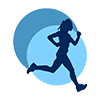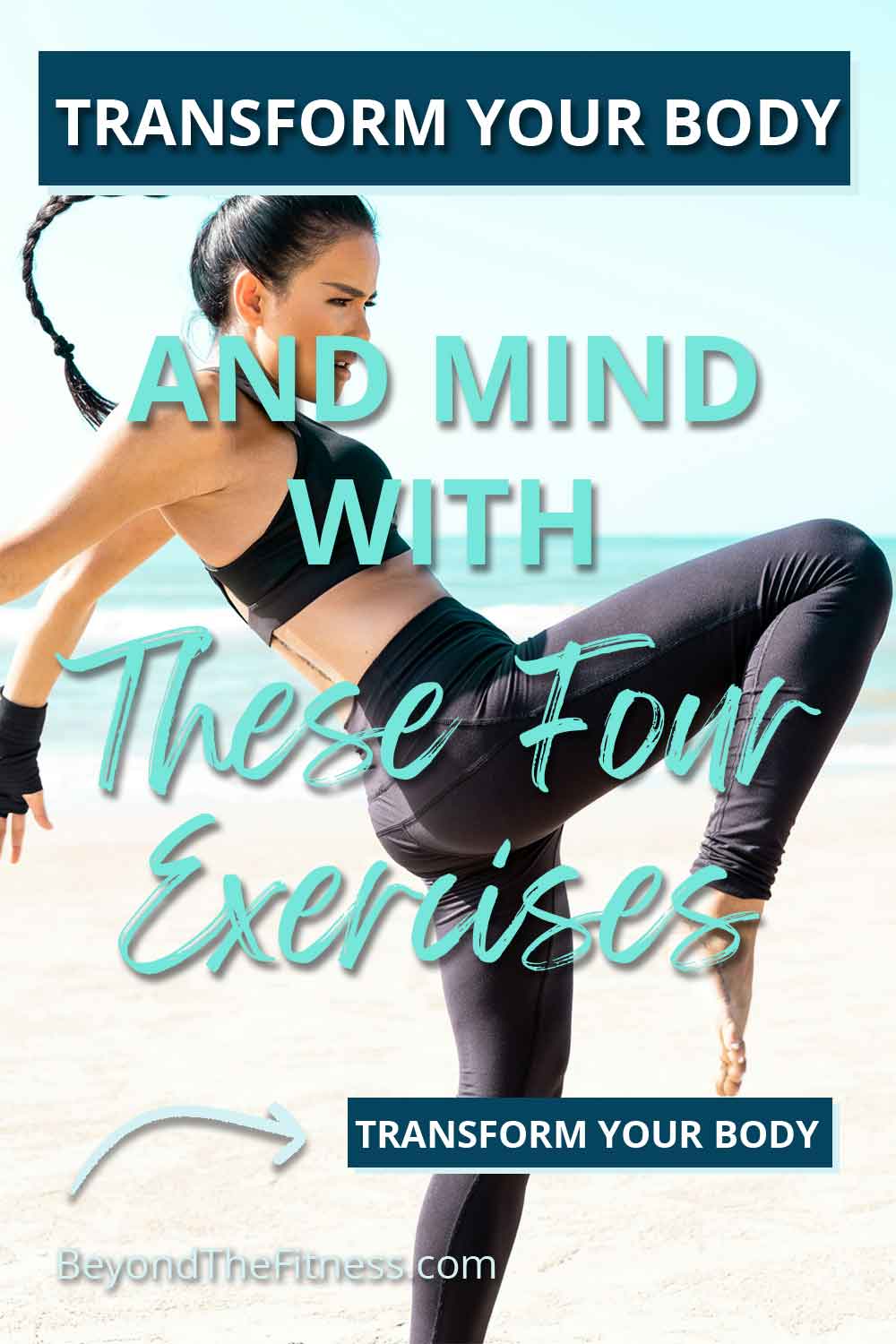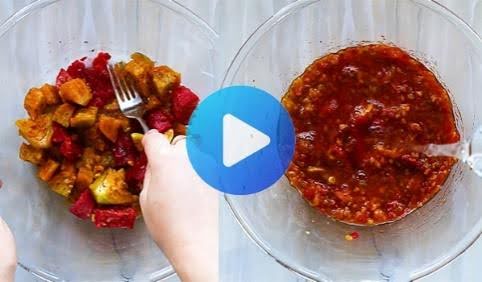When I think about staying active and healthy, I know it can feel overwhelming with so many fitness routines or exercises out there. But did you know there are four main types of exercise that can make a big difference in how you feel and look? Each one has unique benefits, and they all work together to improve your overall health and physical strength. Let me break them down for you and share how they can fit into your life.
1. Cardiovascular (Cardio) Exercises
Cardio exercises are all about getting your heart pumping and your blood flowing. This type of exercise helps your heart and lungs stay strong, improves your endurance, and burns calories.
Why Cardio is Important
When I do cardio workouts, I notice I have more energy throughout the day. It also helps me manage my weight and keeps my heart healthy. For women, especially, it can lower the risk of heart disease, which is super important.
Types of Cardio Workouts
- Walking: A brisk walk around the neighborhood is simple and effective. It’s my go-to on busy days.
- Running or Jogging: These are great for boosting your endurance. Start slow and build up your pace.
- Cycling: Whether indoors or outdoors, cycling is a fun way to strengthen your legs and burn calories.
- Swimming: This low-impact option works your whole body and is easy on your joints.
- Dance Classes: Zumba or other dance-based fitness routines are perfect if you love moving to music.
2. Strength Training
Strength training focuses on building muscle and making your body stronger. It doesn’t mean you’ll bulk up like a bodybuilder—it’s more about toning and firming.
Why Strength Training is a Must
When I add strength training to my fitness routines, I notice my muscles feel firmer, and I have better posture. Plus, it helps me keep my bones strong, which is especially important as we age.
Easy Strength Training Exercises
- Bodyweight Exercises: Push-ups, squats, and lunges are easy to do at home without any equipment.
- Resistance Bands: These are portable and can make your workouts more challenging.
- Dumbbells: Light weights are great for toning your arms and shoulders.
- Kettlebells: These are perfect for exercises like swings and deadlifts that work multiple muscle groups.
3. Flexibility Exercises
Flexibility exercises help your muscles stretch and stay limber. This can improve your range of motion and reduce the risk of injuries.
Why Flexibility Matters
Whenever I skip stretching, my muscles feel tight and sore. Regular flexibility exercises help me stay comfortable and pain-free, especially after a tough workout.
Best Flexibility Workouts
- Yoga: Yoga combines stretching with balance and relaxation. It’s my favorite way to unwind and stay flexible.
- Static Stretches: Hold stretches like a forward fold or a quad stretch for 20–30 seconds to loosen up tight muscles.
- Dynamic Stretches: These involve movement, like arm circles or leg swings, and are great for warming up before a workout.
4. Balance Exercises
Balance exercises focus on keeping you steady and improving coordination. They’re not just for athletes—they’re important for everyone, especially as we get older.
Why Balance Exercises Help
When I include balance exercises in my fitness routines, I feel more confident in everyday movements, like walking on uneven surfaces or standing on one foot to put on shoes.
Simple Balance Exercises
- Single-Leg Stands: Try standing on one leg for 20–30 seconds, then switch to the other leg.
- Heel-to-Toe Walk: Walk in a straight line, placing one foot directly in front of the other.
- Tai Chi: This gentle practice combines slow movements with focus and balance.
- BOSU Ball Workouts: Standing or doing exercises on a BOSU ball adds a fun challenge to your routine.
Putting It All Together
The best part about these four types of exercise is that you don’t have to pick just one. In fact, combining them into a weekly fitness routine is the way to go. Here’s how I might plan a week:
- Monday: Cardio (like a 30-minute jog) and flexibility (15 minutes of yoga).
- Tuesday: Strength training (bodyweight exercises) and balance (single-leg stands).
- Wednesday: Rest or light activity, like a walk.
- Thursday: Cardio (a dance class) and flexibility (static stretches).
- Friday: Strength training (dumbbells) and balance (heel-to-toe walk).
- Saturday: Cardio (cycling) and flexibility (dynamic stretches).
- Sunday: Rest or recovery yoga.
By mixing these types of exercises, I stay motivated and avoid getting bored. Plus, I’m covering all the bases to keep my body healthy and strong.
These four types of exercises—cardio, strength, flexibility, and balance—are like the building blocks of a great fitness routine. Whether you’re just starting out or looking to mix things up, adding a little of each to your week can make a big difference. What matters most is finding activities you enjoy and sticking with them.
How to Choose the Right Fitness Routines for You
When it comes to creating a balanced fitness routine, the key is to choose activities that work for your lifestyle, preferences, and goals. I’ve learned that sticking to a fitness plan is easier when I enjoy what I’m doing. Here’s how you can find what’s best for you.
Think About Your Goals
Do you want to lose weight, build muscle, get more flexible, or just feel healthier overall? Your goals will guide which types of exercise you focus on.
If You Want to Lose Weight
Cardio exercises are excellent for burning calories and shedding fat. Pairing cardio with strength training helps you maintain muscle as you lose weight, which is important for keeping your metabolism strong.
If You Want to Build Muscle
Strength training should be your priority. Focus on exercises that target different muscle groups, like squats for your legs or rows for your back. Remember to give your muscles time to recover between workouts.
If You Want to Improve Flexibility
Flexibility exercises like yoga or stretching routines can be your main focus. You might also combine them with light cardio or strength training to keep your body well-rounded.
If You Want Better Balance
Balance exercises can be done almost anywhere, and they’re easy to add to other workouts. I like to include balance work while doing strength training, like standing on one leg during bicep curls.
Work Around Your Schedule
Finding time for fitness can be tricky, but even small efforts add up. When I’m busy, I remind myself that short workouts are better than none.
Quick Workout Ideas
- 15-Minute Cardio Blast: Do jumping jacks, jog in place, or dance to your favorite songs.
- 10-Minute Strength Circuit: Pick three exercises, like squats, push-ups, and planks, and repeat them three times.
- 5-Minute Stretch Breaks: Stretch your arms, legs, and back during work breaks to stay loose and energized.
Plan Ahead
I’ve found that scheduling my workouts like appointments helps me stay consistent. Whether it’s a morning walk or an evening yoga session, putting it on my calendar keeps me accountable.
Combine Fitness with Fun
Exercise doesn’t have to feel like a chore. I’ve discovered that finding fun activities keeps me looking forward to workouts instead of dreading them.
You Might Be Interested In: Learning more about The Complete Smoothie Detox & Weight Loss Program
Fitness and Hobbies
- Dancing: Sign up for a dance class or just have a dance party at home.
- Outdoor Adventures: Go hiking, kayaking, or rollerblading for a mix of exercise and exploration.
- Group Classes: Joining a class like spin or Pilates is a great way to meet people and stay motivated.
Listen to Your Body
It’s important to push yourself, but not to the point of pain or exhaustion. I’ve learned to listen to my body and adjust my fitness routines when needed.
Recognizing When to Rest
If I feel overly tired, sore, or even sick, I take a rest day. Rest is just as important as exercise because it gives your body time to repair and grow stronger.
Preventing Injuries
Warming up before workouts and cooling down afterward are essential. I always start with a few minutes of light cardio to get my blood flowing and end with stretches to help my muscles recover.
Nutrition for a Balanced Fitness Routine
Exercise alone isn’t enough to keep you feeling your best. What you eat plays a big role in how your body performs and recovers.
Fueling Your Workouts
Eating a balanced meal or snack before working out gives me the energy I need. I stick to foods that are easy to digest, like a banana with peanut butter or some yogurt with granola.
Post-Workout Recovery
After exercising, I focus on meals that include protein to repair muscles and carbohydrates to refill energy stores. A simple meal like grilled chicken with rice and veggies works perfectly.
Staying Hydrated
Water is crucial for every part of your body. I make it a habit to drink water before, during, and after workouts. On days when I sweat a lot, I might add an electrolyte drink to replace lost minerals.
Overcoming Common Challenges
Staying active isn’t always easy. I’ve faced my share of challenges, but finding solutions has helped me stay on track.
Lack of Motivation
Sometimes, I don’t feel like working out, and that’s okay. On those days, I remind myself of how good I feel after exercising. Sometimes, I’ll pick a short, fun workout to ease into it.
Limited Time
When my schedule is packed, I focus on short, high-intensity workouts or combine activities. For example, I might do a cardio warm-up followed by a strength circuit.
Boredom
Doing the same workouts repeatedly can get boring. To keep things fresh, I like trying new classes, changing my routine, or working out with a friend.
Fitness at Every Age and Stage
No matter your age or fitness level, there’s a way to stay active. I’ve seen how exercise benefits people of all ages and helps them feel their best.
In Your 20s and 30s
This is a great time to build strength and endurance. Mixing cardio, strength, and flexibility exercises lays a solid foundation for long-term health.
In Your 40s and 50s
Focusing on strength and balance exercises can help maintain bone density and prevent injuries. I’ve noticed that many women in this age group also enjoy activities like yoga and Pilates.
In Your 60s and Beyond
Staying active in later years is key to maintaining mobility and independence. Gentle activities like walking, tai chi, and water aerobics are excellent options.
Creating a Routine That Sticks
The most important thing I’ve learned is that consistency matters more than perfection. Here are a few tips that have helped me stick to my fitness routines.
Set Realistic Goals
It’s easy to get excited and aim too high, but I’ve found that setting small, achievable goals keeps me motivated. For example, instead of running five miles right away, I might start with one mile and gradually increase.
Track Your Progress
Keeping a journal or using a fitness app helps me see how far I’ve come. Whether it’s tracking my steps, workouts, or weight, it’s rewarding to see the progress.
Reward Yourself
When I reach a goal, I celebrate! It might be treating myself to new workout gear or taking a relaxing bubble bath.
Making Fitness a Part of Your Life
Staying active doesn’t have to be complicated. The more I integrate exercise into my daily life, the easier it becomes.
Everyday Activities
- Take the stairs instead of the elevator.
- Park farther away from stores to get in extra steps.
- Do squats while brushing your teeth or waiting for food to cook.
Family and Friends
Including loved ones in fitness routines makes it more fun. I enjoy going on walks with friends or playing games with my kids that involve running around.
Adding more activity to your life doesn’t have to be hard or boring. By choosing the types of exercise that work for you, setting realistic goals, and staying consistent, you’ll feel healthier, stronger, and more energized every day. Fitness is about more than just how you look—it’s about how you feel inside and out.







